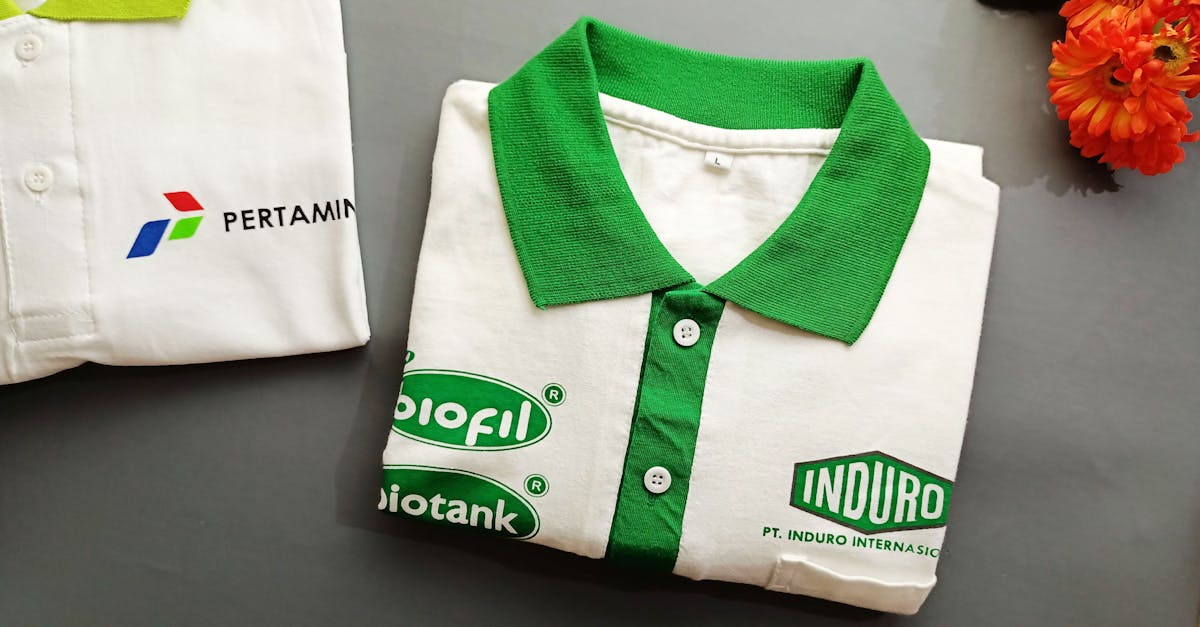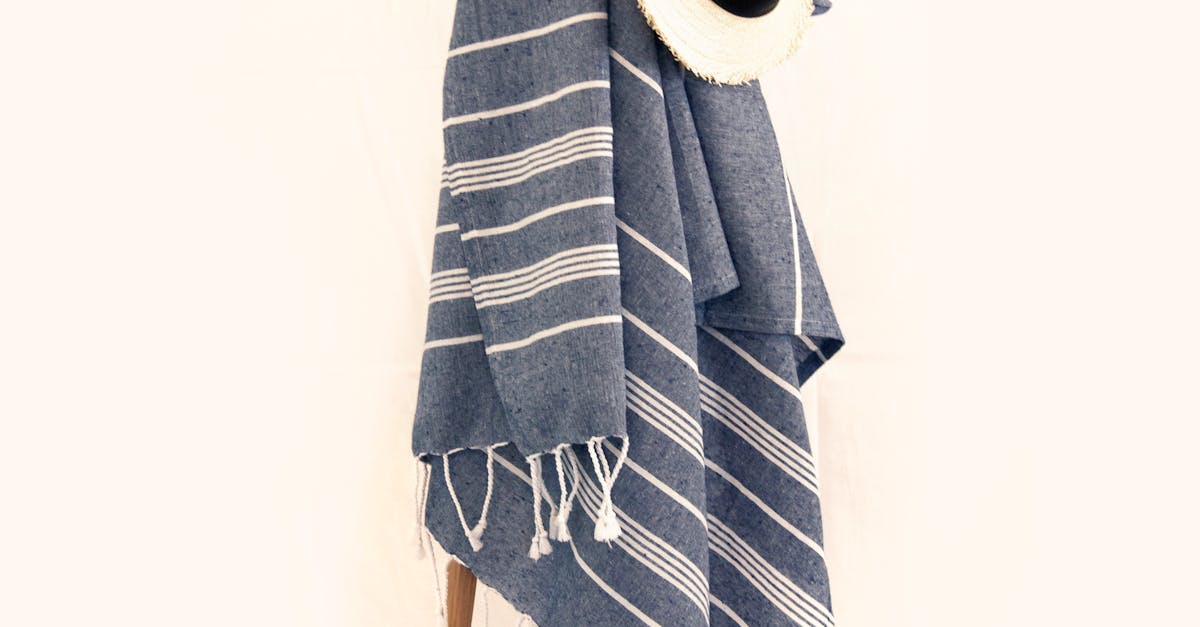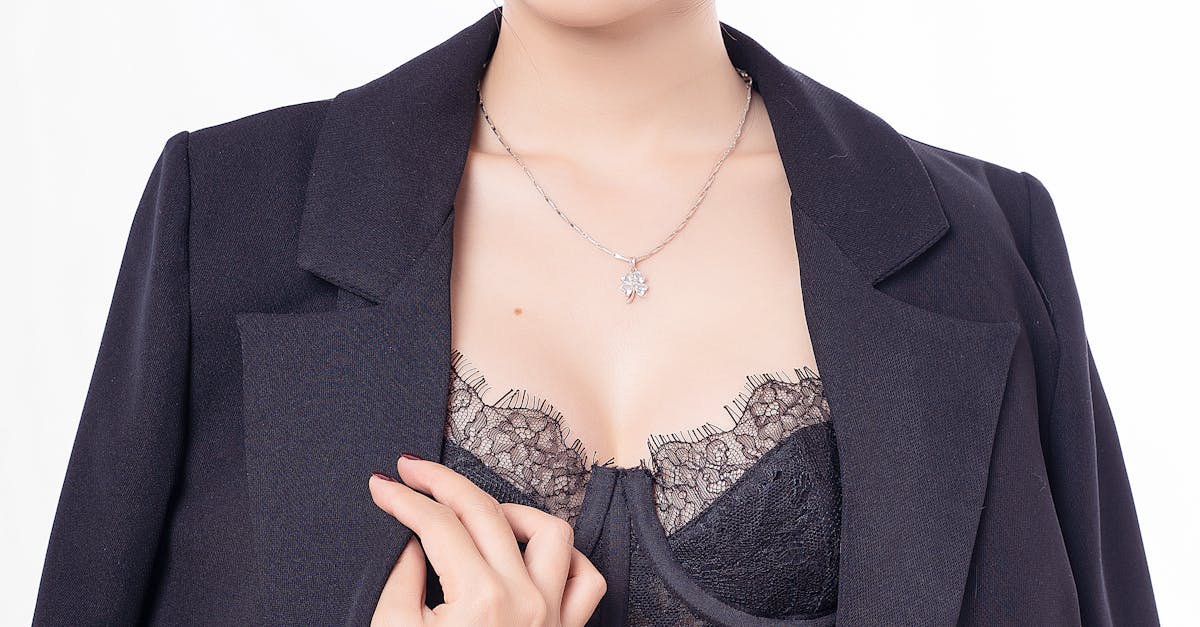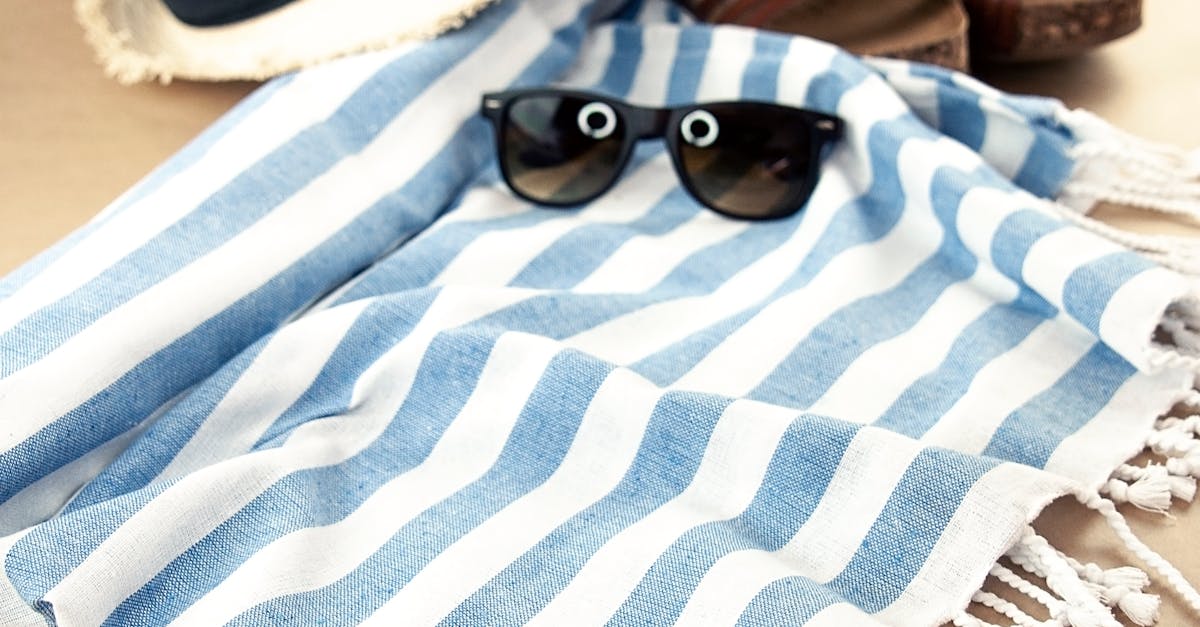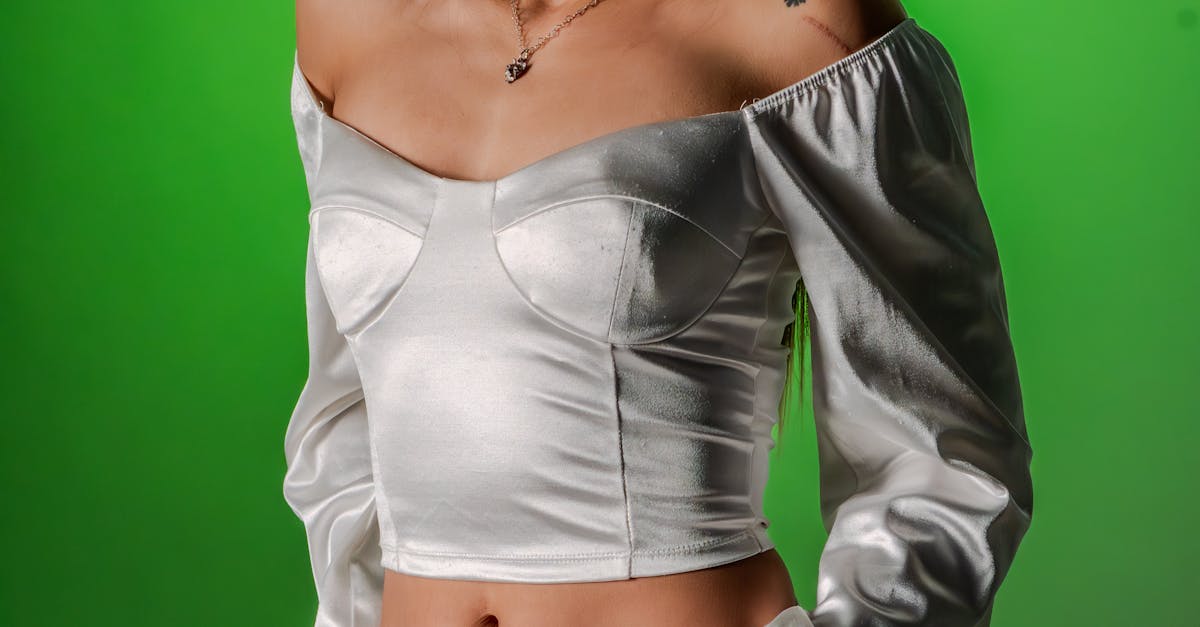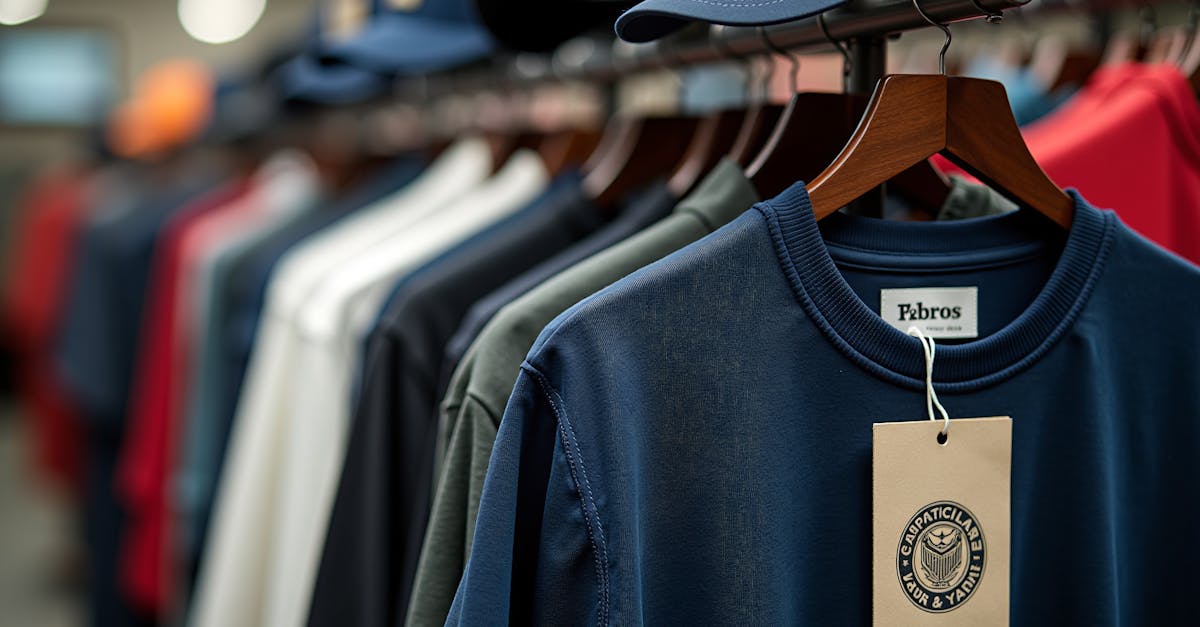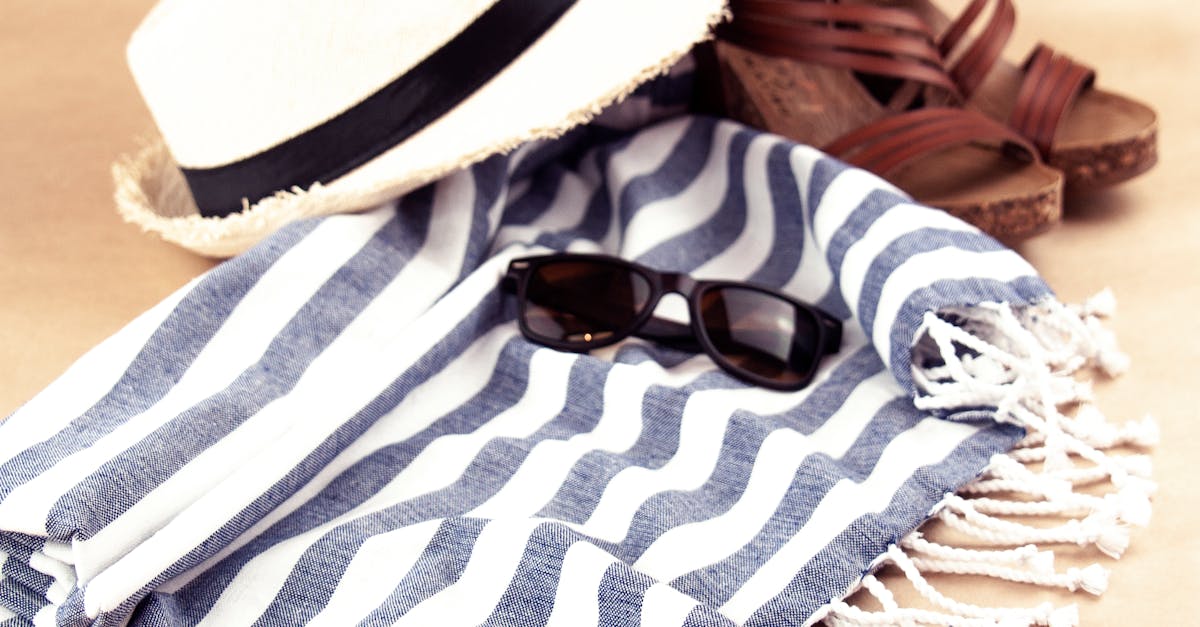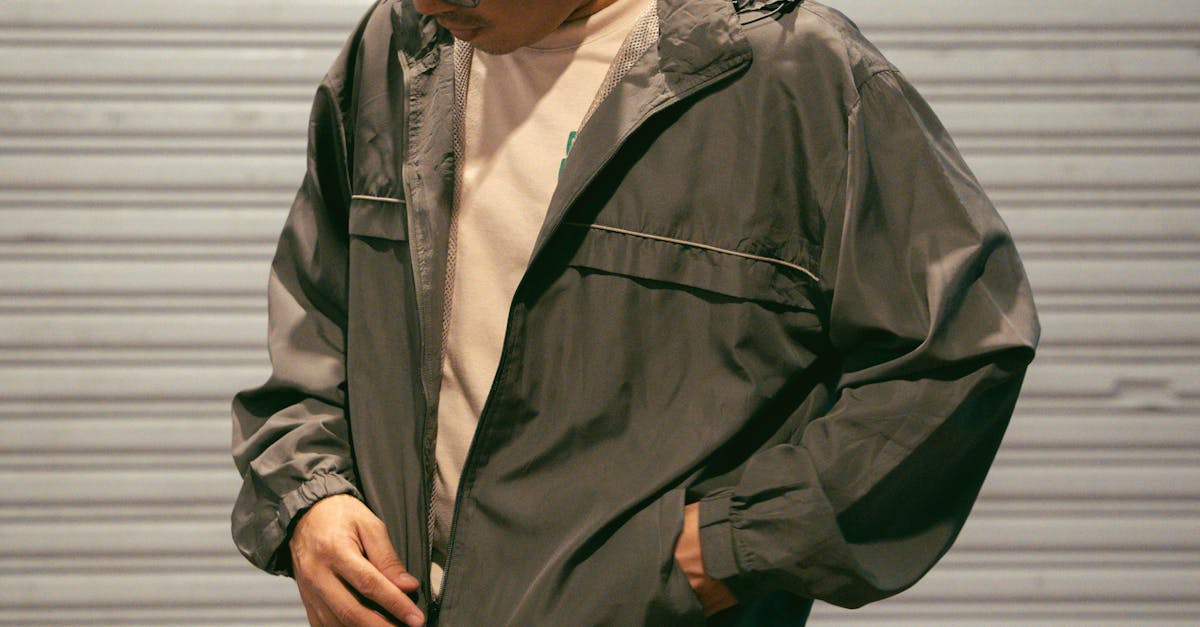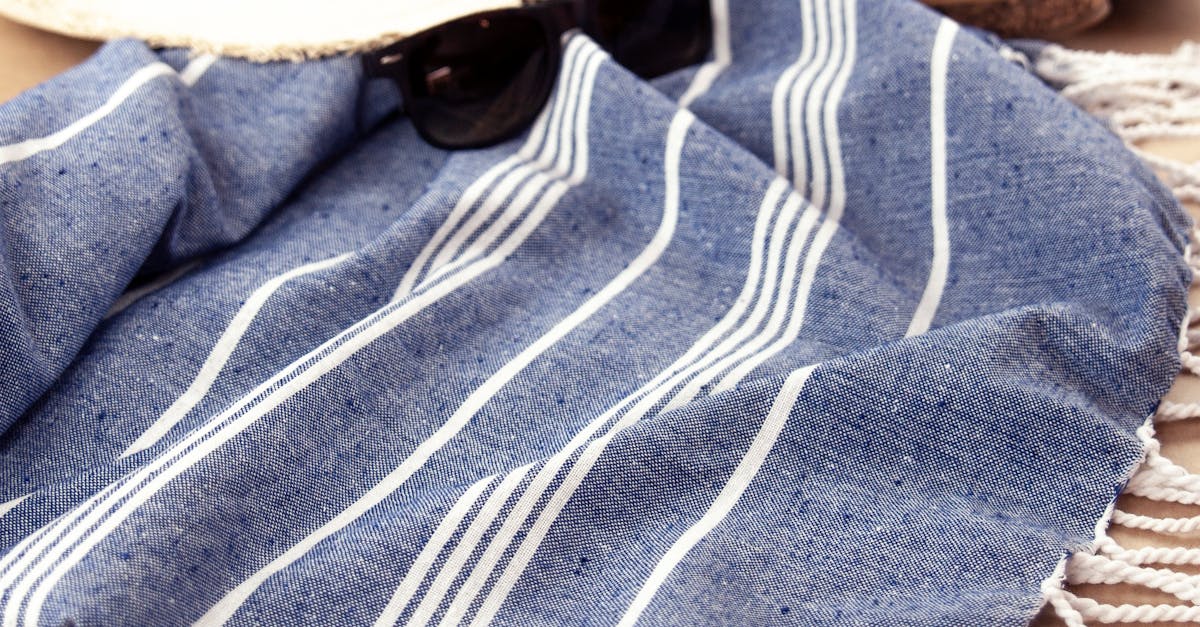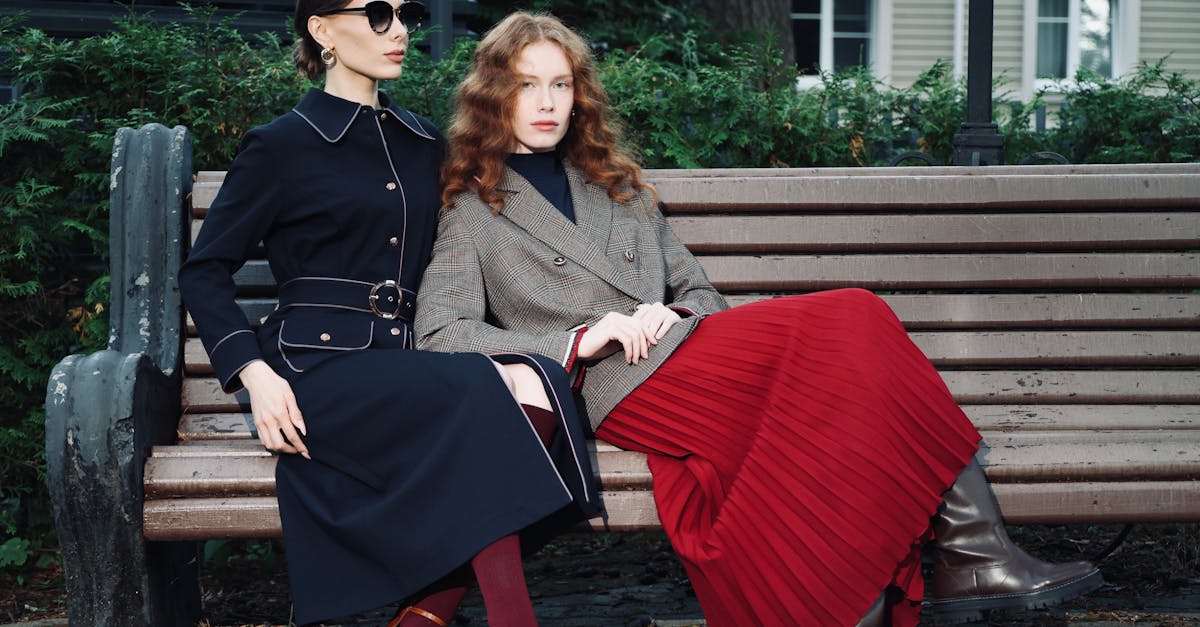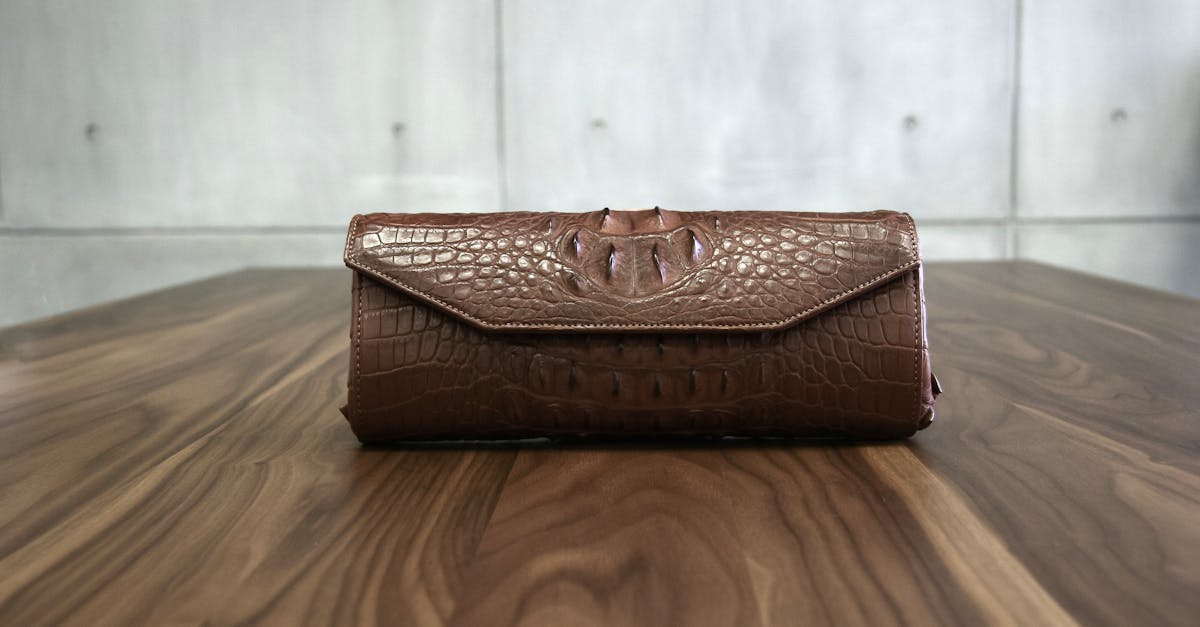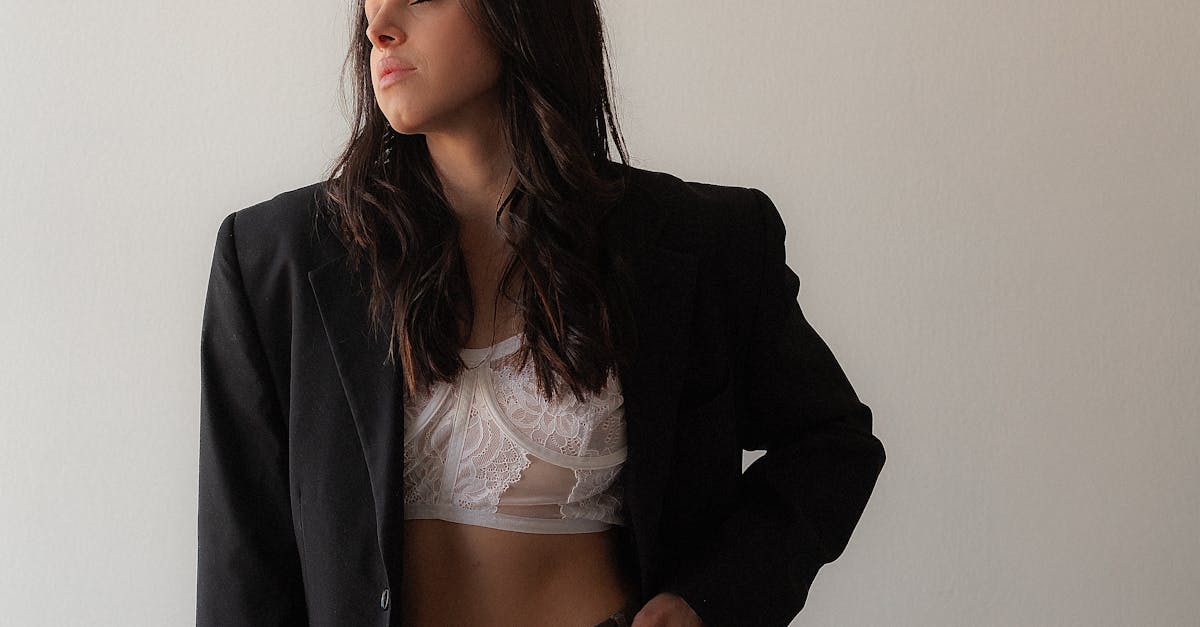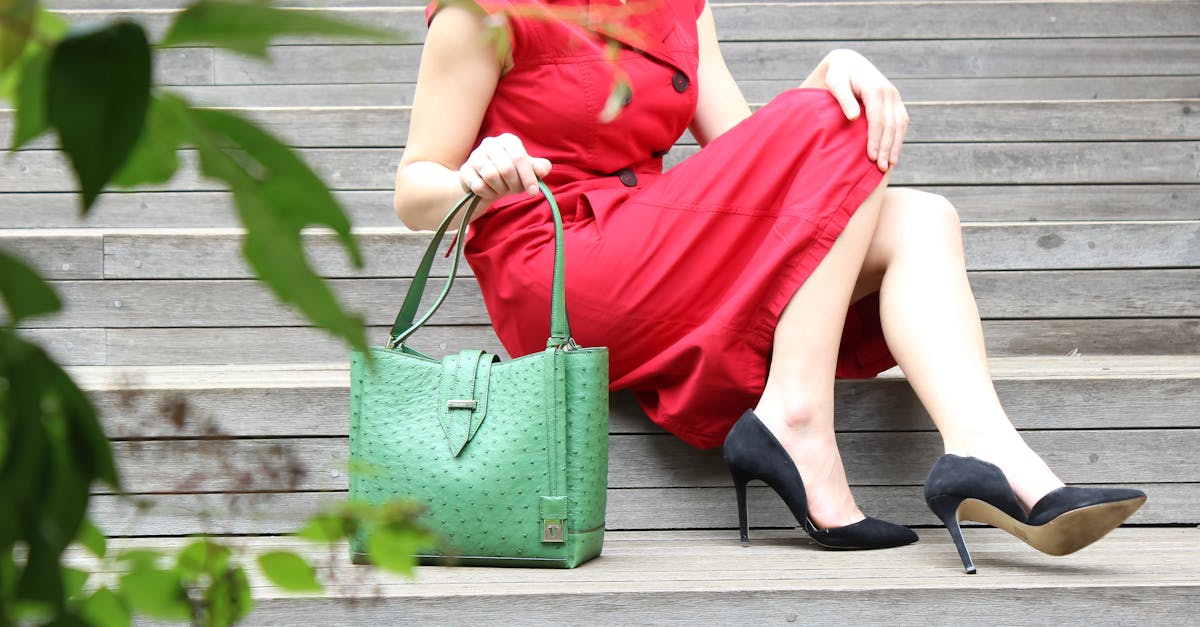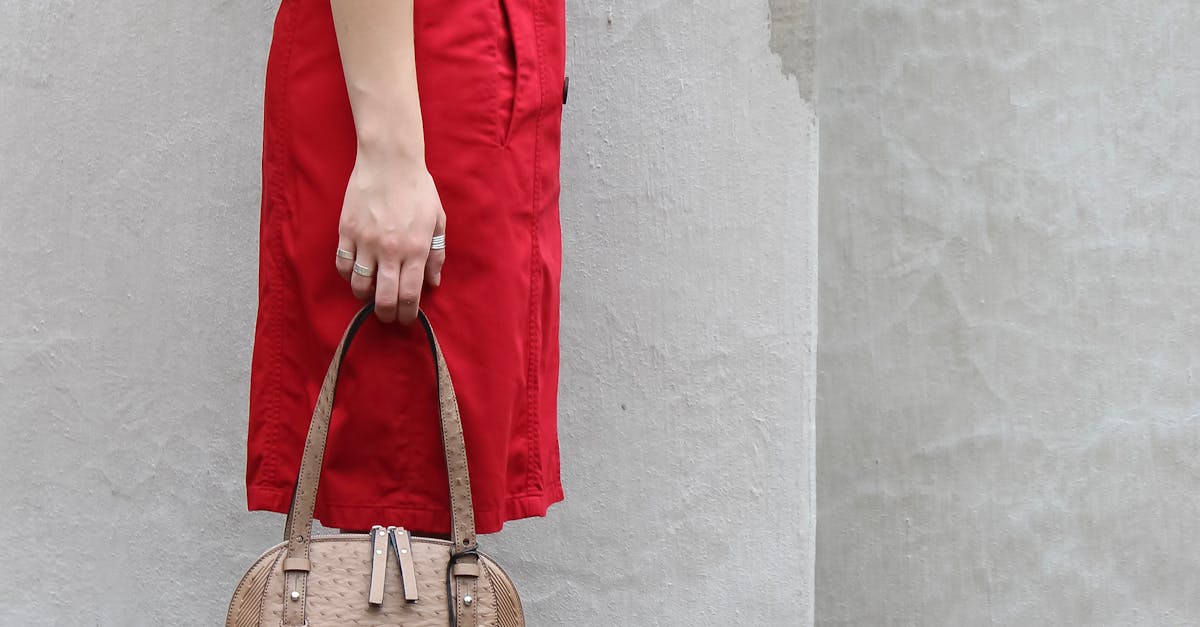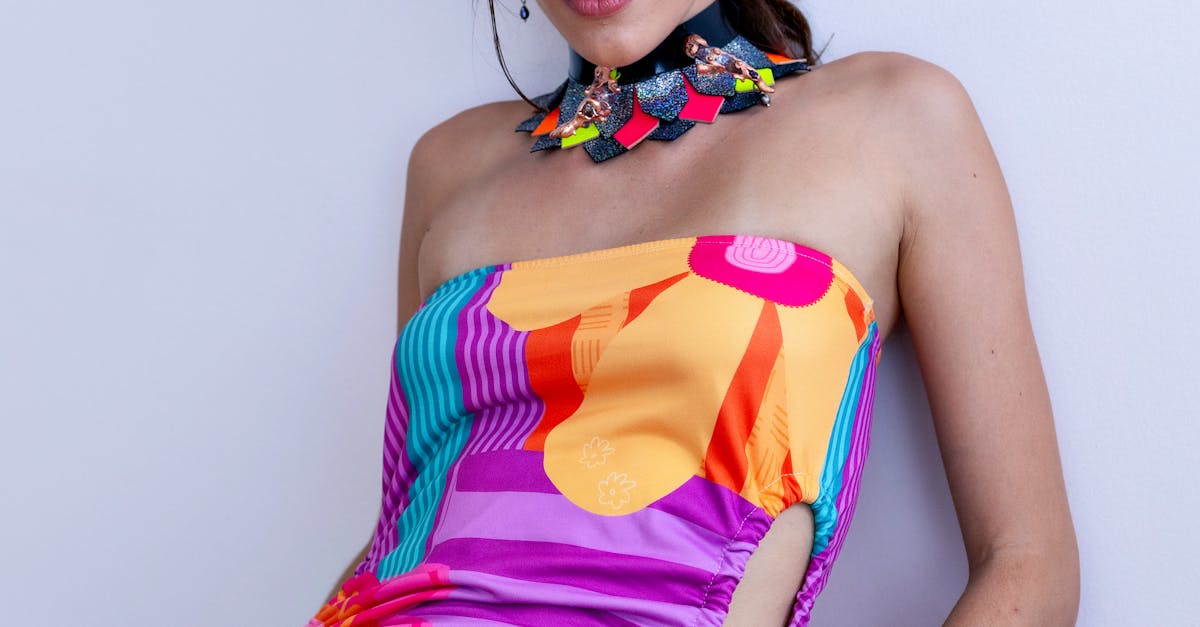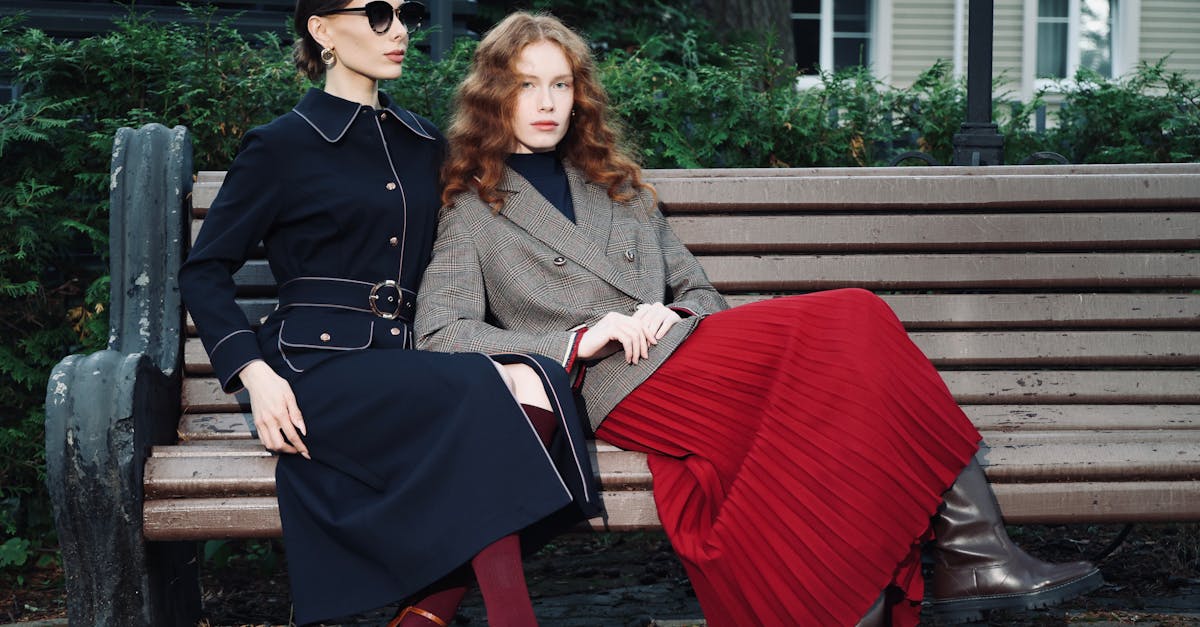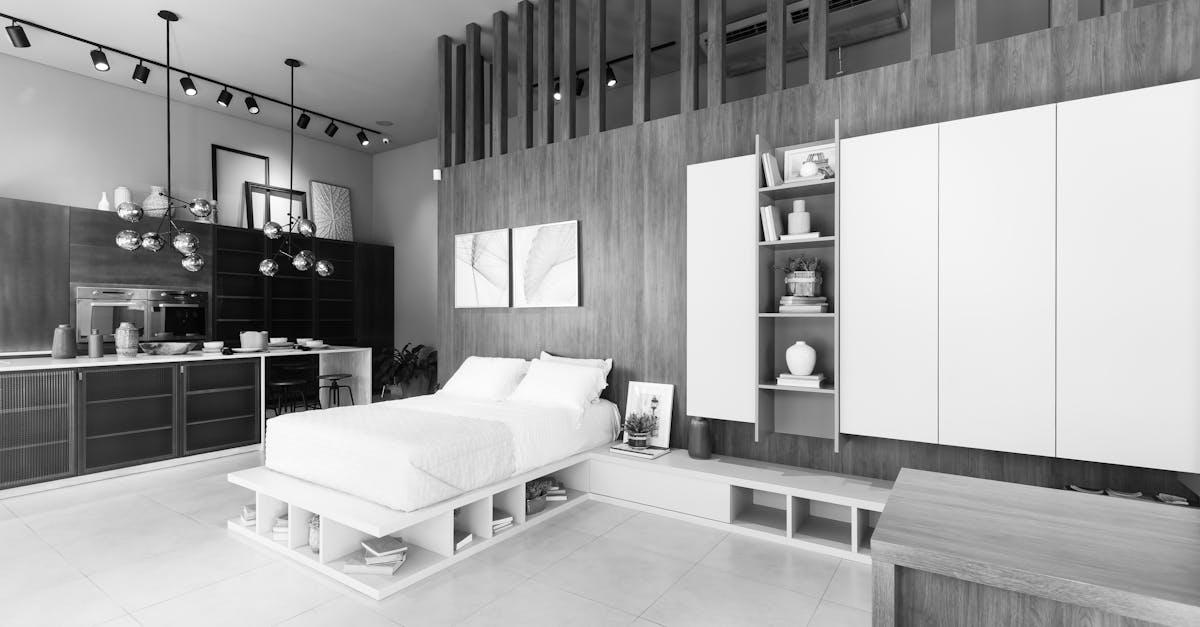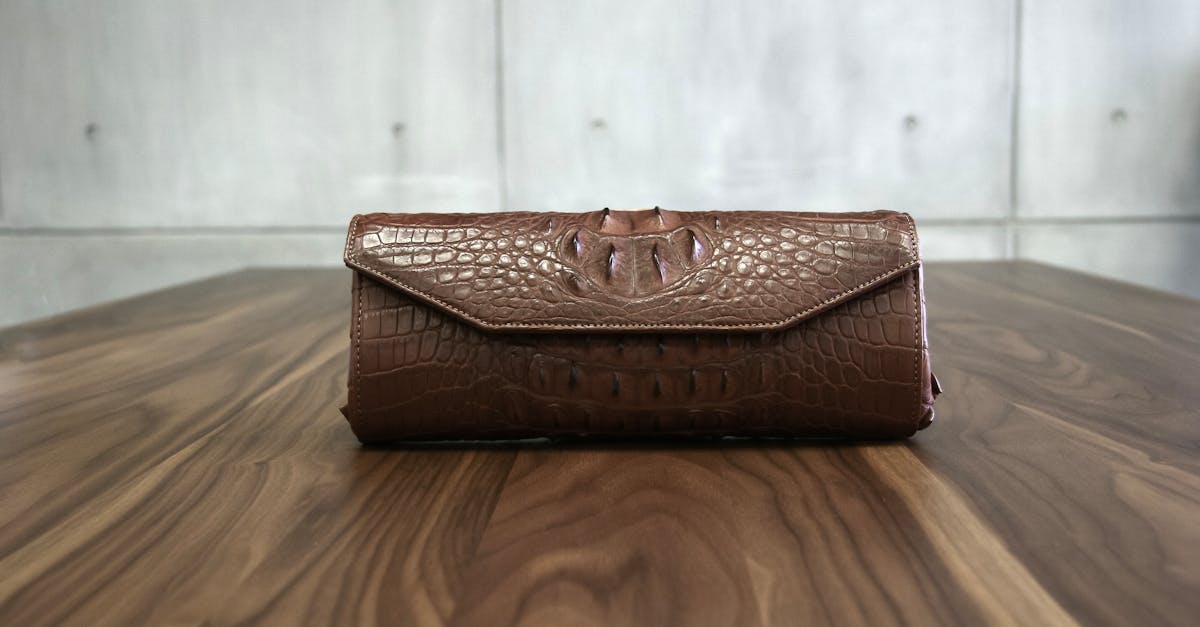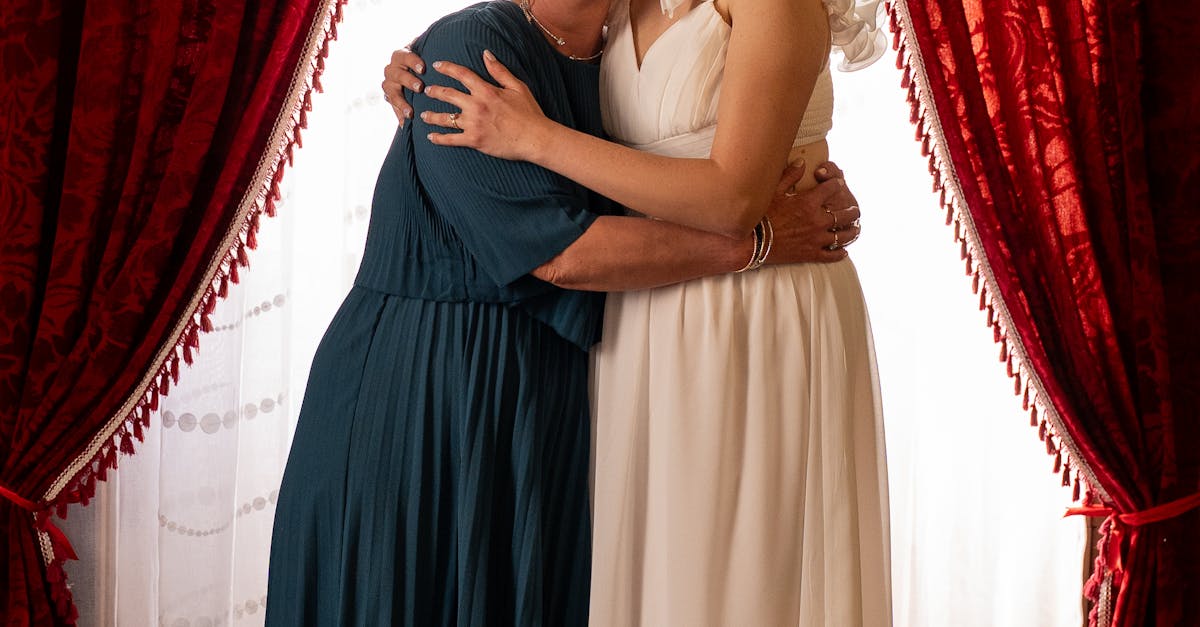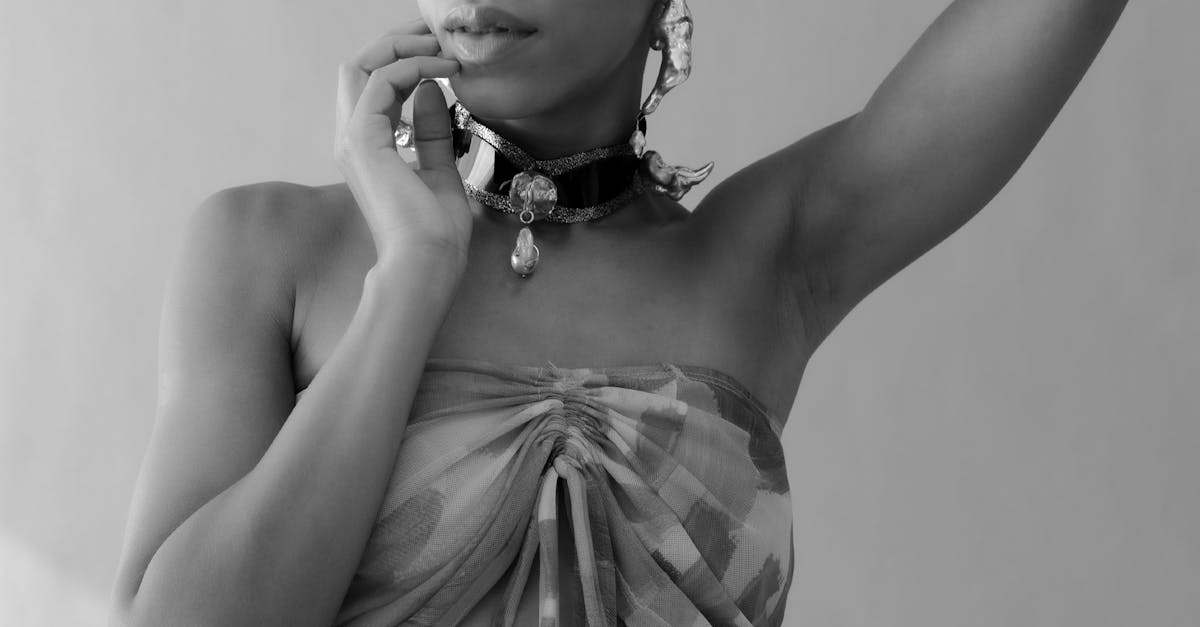
Table Of Contents
Maximizing Vertical Space
Utilizing vertical space in fitted wardrobes can transform the way you store your clothing and accessories. By installing shelves and brackets high up, you free up lower areas for items you access more frequently. Adjustable shelving units allow for customization based on your needs. This flexibility not only maximizes space but also ensures that every inch of your fitted wardrobe is efficiently used.
In addition to shelves, consider using hooks or rods on the inside of doors. These features are perfect for hanging belts, scarves, or jewelry, making them easily accessible while keeping the interior tidy. Overhead storage bins can also add an extra layer of organization, keeping seasonal items out of sight yet within reach when necessary. Emphasizing vertical storage solutions in fitted wardrobes helps keep everything organized and streamlined.
Utilizing Shelves and Hooks Effectively
In fitted wardrobes, shelves serve as vital components for efficient organization. The placement of shelves plays a significant role in maximizing space. Consider installing adjustable shelves that allow you to customize heights according to your needs. This flexibility can accommodate items ranging from shoes to folded sweaters. Adding dividers on shelves helps keep small items neatly separated, preventing clutter from accumulating.
Hooks are another essential aspect of utilizing fitted wardrobes effectively. Attaching hooks on the inside of doors or along the side walls offers an ideal solution for hanging accessories, bags, or even jewelry. This not only saves space but also keeps frequently used items easily accessible. By strategically incorporating shelves and hooks, you enhance both the functionality and aesthetic appeal of your fitted wardrobes.
Creating a Personalized Layout
When organizing your fitted wardrobes, it's essential to create a layout that suits your lifestyle and personal preferences. Start by assessing the types of clothing and accessories you own. Categorizing items into groups such as work attire, casual wear, or seasonal clothing helps determine what should take priority in your layout. Placing frequently used items at eye level makes them easily accessible. Consider keeping less frequently worn pieces toward the top or back, optimizing the space for convenience.
Incorporating unique elements into your fitted wardrobes can enhance both functionality and aesthetic appeal. Use dividers or bins to separate smaller items like scarves or belts, preventing clutter. Customize sections for shoes or bags with designated areas that reflect your daily routine. By tailoring your wardrobe to accommodate your clothing habits and personal style, you create an organized system that not only looks good but also improves dressing efficiency.
Designing Zones for Easy Access
Creating designated zones within your fitted wardrobes can enhance efficiency and simplify daily routines. Start by grouping similar items together, placing frequently worn clothing at eye level. This ensures quick access to essential pieces while keeping less used items stored higher or further back. Allocate specific sections for shoes, accessories, and seasonal wear to streamline your morning choices.
Consider labeling zones to maintain organization and facilitate easy identification. Simple labels can guide you to the right section, reducing the time spent searching for particular items. Establishing clear boundaries within your fitted wardrobes not only organizes your space but also encourages consistent maintenance. Each time you return items, it becomes second nature to place them back in their designated areas, promoting a tidy wardrobe that meets your lifestyle needs.
Maintaining Wardrobe Organization
Maintaining wardrobe organization requires regular attention to ensure that your fitted wardrobes stay both functional and aesthetically pleasing. Schedule periodic reviews to assess the contents. This practice allows you to identify items that may no longer serve a purpose or fit your style. By keeping track of what you wear and what has been untouched for a while, you can make informed decisions about what to keep, donate, or discard.
Another important aspect is adjusting the organization system as your needs change. Life events, seasonal shifts, and evolving personal taste can impact how you utilize your fitted wardrobes. Incorporate seasonal clothes changes by rotating items in and out of active storage. This creates a dynamic system that reflects your current wardrobe preferences while maintaining orderliness throughout each section of the wardrobe.
Regularly Reviewing and Adjusting
Regularly reviewing and adjusting your fitted wardrobes is essential for long-term organization. Changes in seasons, personal style, and wardrobe needs can accumulate over time. By setting aside time every few months to evaluate what you have, you can keep your collection relevant and functional. This process may involve removing items that no longer fit or that you haven’t worn in a while, allowing for a fresher space.
Adjusting your fitted wardrobes can also mean rearranging items to improve accessibility. Consider how often you use certain pieces when determining their placement. Frequently worn items may deserve a spot at eye level, while seasonal clothing can be stored higher or in the back. A tailored approach to organization not only enhances the visual appeal of your wardrobe but also streamlines your daily routine.
FAQS
What are some tips for maximizing vertical space in my wardrobe?
You can maximize vertical space by installing additional shelves, using stackable bins, and incorporating hanging organizers. Consider using vertical dividers to keep items upright and easily accessible.
How can I effectively utilize shelves and hooks in my wardrobe?
Use shelves to store items by category, and install hooks on the inside of doors or on walls for accessories and bags. Make sure to place frequently used items at eye level for easy access.
What does it mean to create a personalized layout for my wardrobe?
A personalized layout means organizing your wardrobe in a way that suits your habits and preferences. This can include grouping similar items together, such as work clothes or casual wear, and arranging them in a way that reflects your daily routine.
How can I design zones for easy access within my wardrobe?
To design zones, divide your wardrobe into sections based on type or frequency of use. For example, keep seasonal items in the back and everyday essentials at the front. Labeling sections can also help you quickly find what you need.
How often should I review and adjust my wardrobe organization?
It's advisable to review and adjust your wardrobe organization at least twice a year, such as during seasonal changes. This allows you to reassess what you use regularly and make necessary adjustments to maintain efficiency.

